Every lab is different. It can vary depending upon institution’s preferences, equipment, needs, usage and regulatory standards. But there are few common points that are to be considered for optimal laboratory designing and functionality. Some of them are discussed below:
1. Ensuring Safer Work Environment
Safety takes foremost precedence over every other consideration. The majority of labs involve dealing with chemicals, fire, glassware, and electricity, to name a few. A fire extinguisher should be provided, and lab attendants should be trained in using it.
2. Available space should be used efficiently
Lab furniture should allow easy movement for teachers and students. By easy movement, we mean movement inside and outside the lab. Within the lab, a minimum of three feet distance should be maintained in between two workbenches on at least three sides (considering fourth being next to the wall). This will ensure movement of student and teacher with lab equipment and chemicals freely in between workbenches and from central storage inside the lab.
3. Maximizing Storage Capacity
Major lab equipment and consumables should be stored locally i.e inside base cabinets. This will lower the before, during and after class movement of students lowering the chances of damage to both students and accompanying materials. Pre-storage practices should be adopted and stocking of necessary materials be done at the start of the term and each batch of students be made responsible for the materials. This will instill a sense of responsibility and deliberate damage can be prevented.
4. Avoiding Nested Rooms
Avoid having one room leading to the other. In case of emergency, it is preferable to have direct access to the corridor. Also, two exit doors from the lab should be there to allow an easy exit for 30-40 students working at a time. There should be enough space between workbenches and exit door to avoid it from getting crowded.
5. Visual Supervision
Lab layout should allow a direct line of sight across lab space. Students must be able to see their teacher and presentation area to understand it fully. Similarly, teachers too must be able to see students in order to monitor them during lab activities.
6. Adequate Ventilation in Laboratory Designing
The lab should have adequate ventilation. Foremost, it should have big windows for air circulation (and natural lighting). Separate specialized ventilation system such as laboratory fume hoods, especially in case of centralized air conditioning, should be adopted for safety.
7. Eye Protection
The practice of mandatory use of safety goggles during lab activities should be adopted.
8. Furnishing
In selecting table top material for first consider the usage of the lab. For example, for a Chemistry lab material priority is to ensure chemical and fire resistance whereas for a Physics lab it should be higher load bearing strength. Different materials have different characteristics suitable for respective usage. Apart from this, a number of other table top characteristics needs to be considered.
Flexibility: Composite lab requires experiments of multiple subjects to be conducted at the same time in a single lab room. Lab should keep in mind different requirements of these subject’s experiments.
Cost: Installation and longevity cost should be considered beforehand.
Material: There are few predominant available materials for school and college level labs. They are –
- Epoxy Resin Board
- Phenolic
- Ply Laminate over pre laminate particle board
- MDF and HDF board
9. Plan ahead for water, gas and electrical/data raceway at the bench
Proper planning should be done ahead for the location of water faucet & corresponding water piping, the location of gas fixtures & piping as well as electrical/data raceway at the bench as per the lab requirement.
These are few of the important considerations that should be made before lab installation.
We, at Labkafe, consider each lab separately. With our dual experience in dealing with lab design as well as lab equipment understanding, we can provide a unique perspective about designing and making it as safer and useful as possible.
“To purchase is easy but to maintain is tough.”
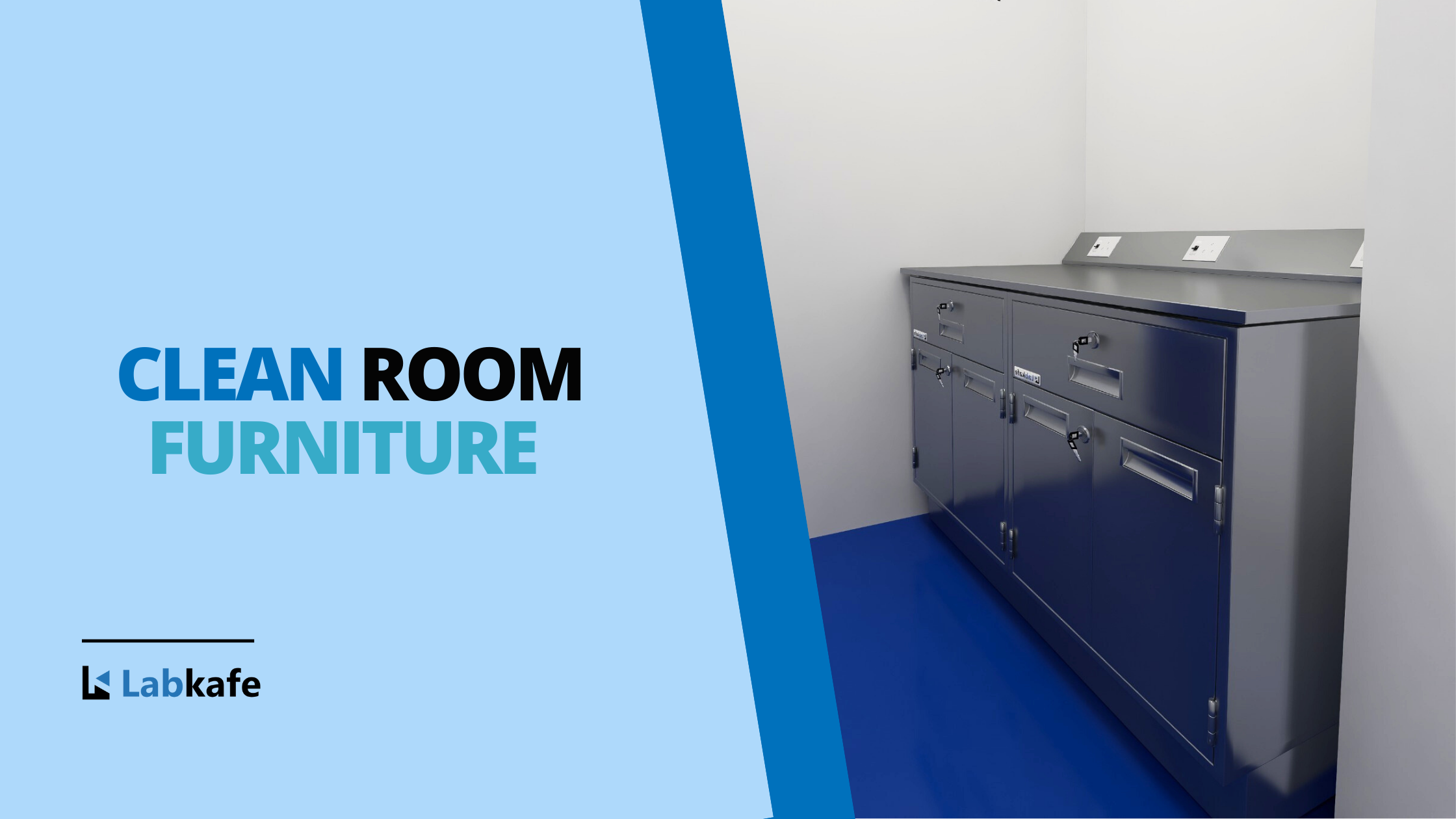
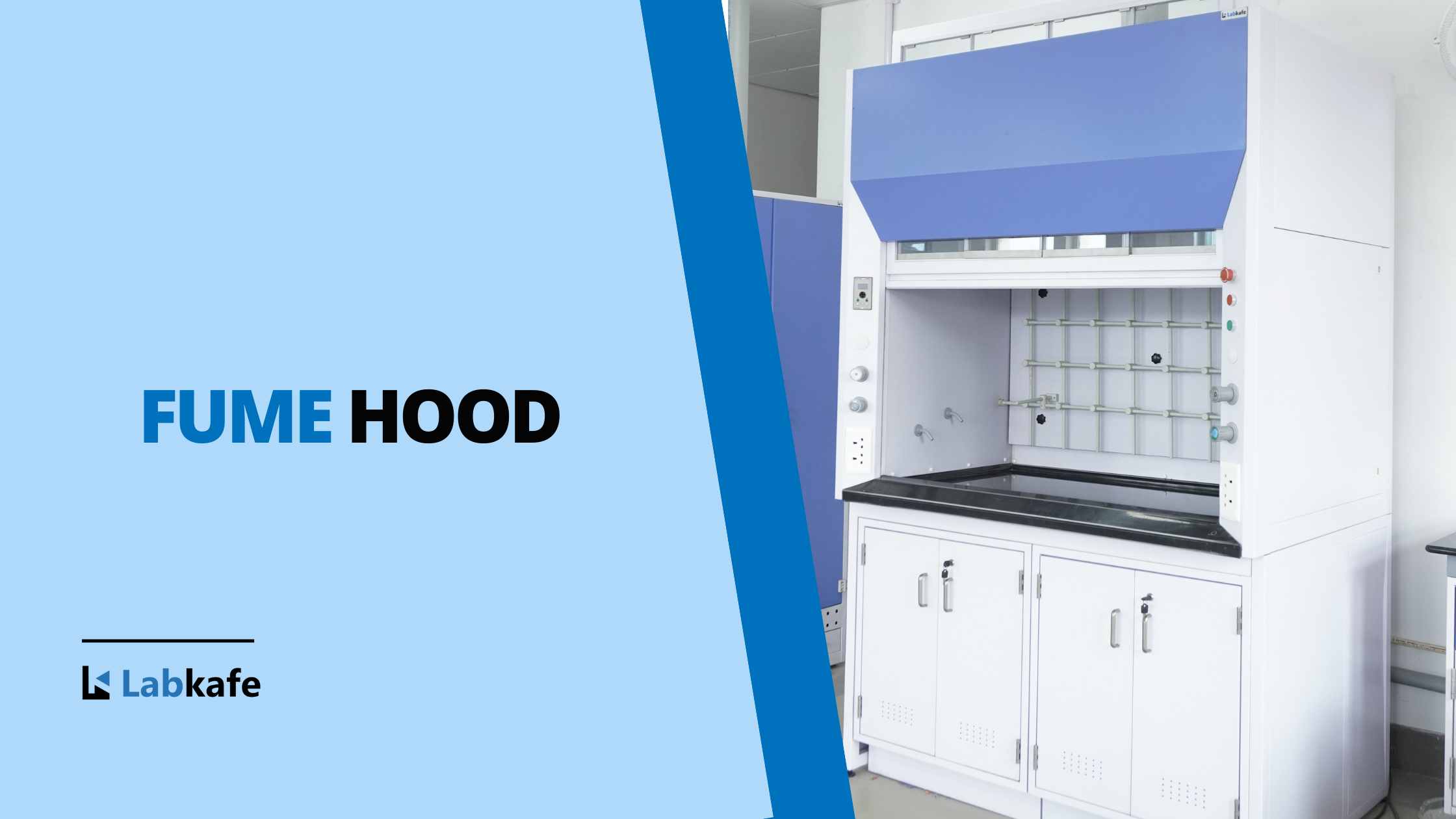
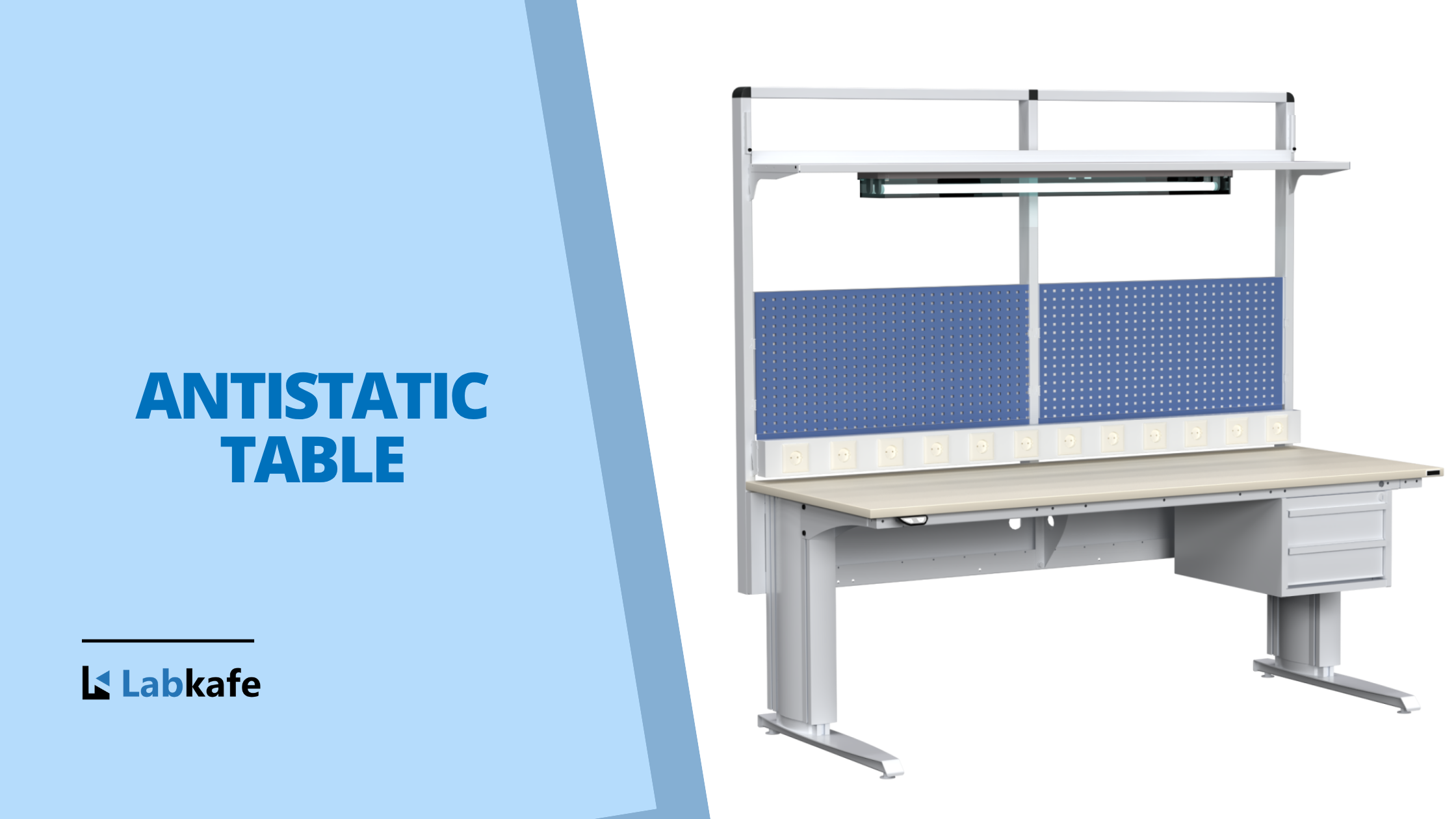
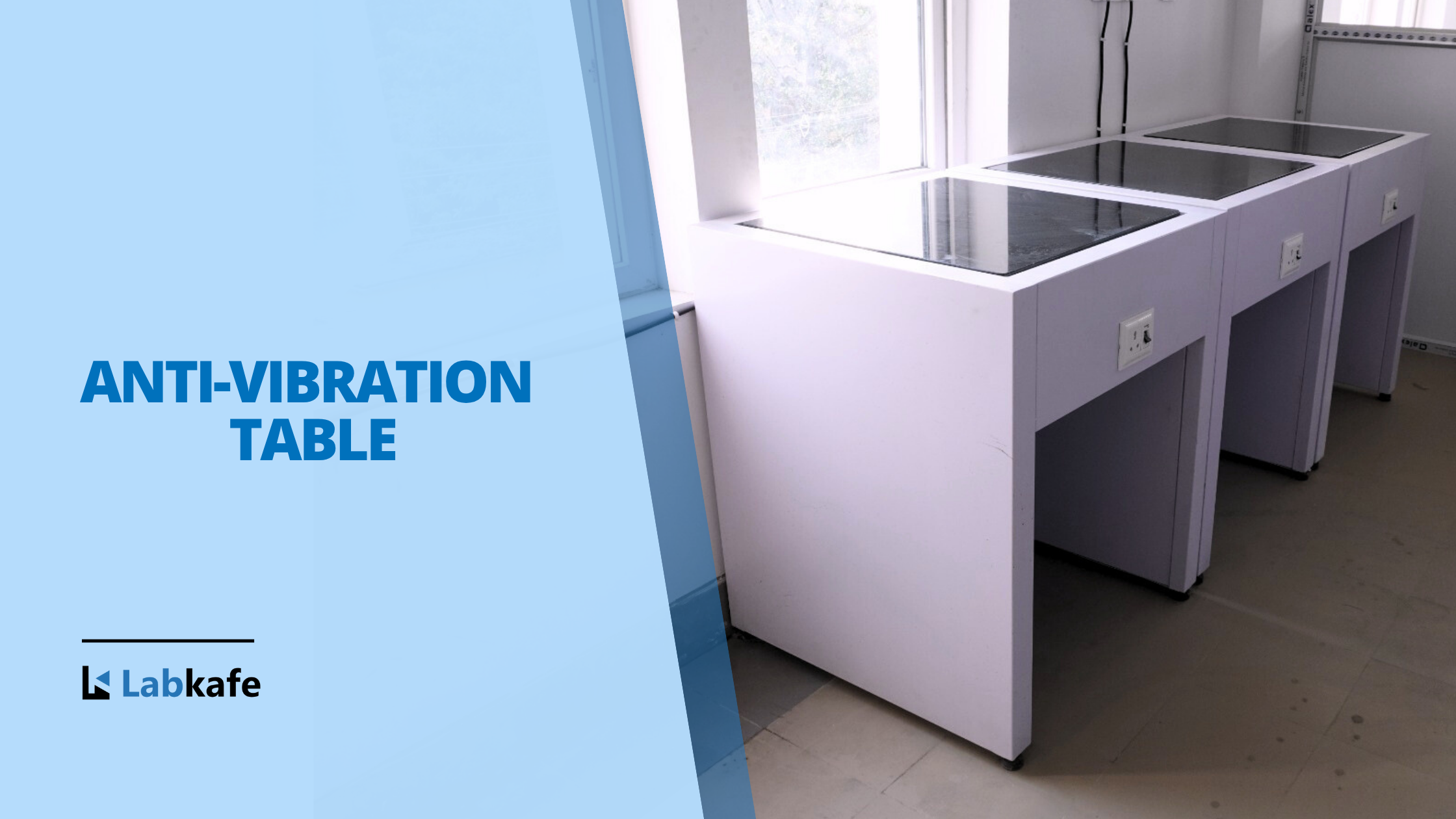
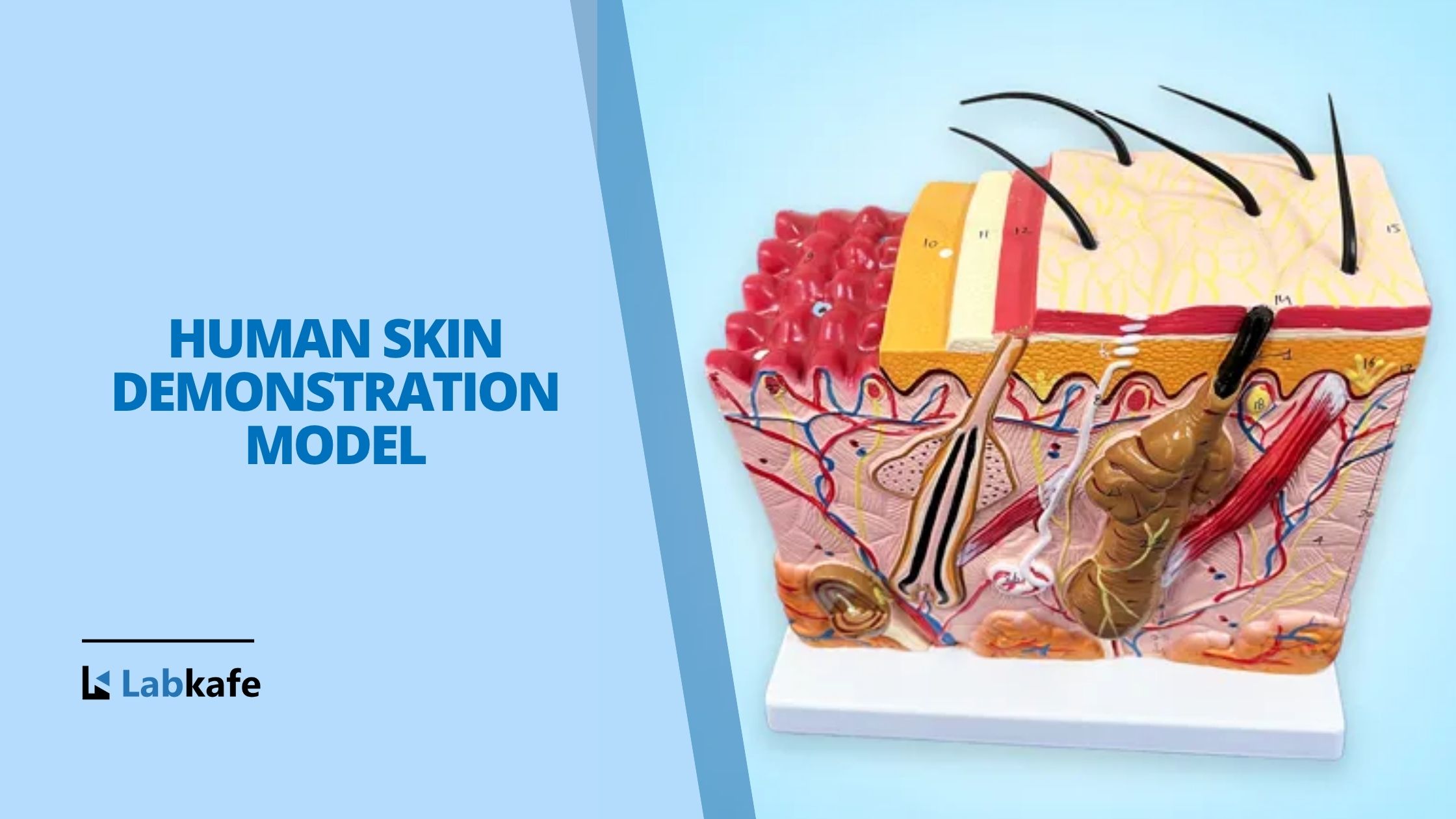
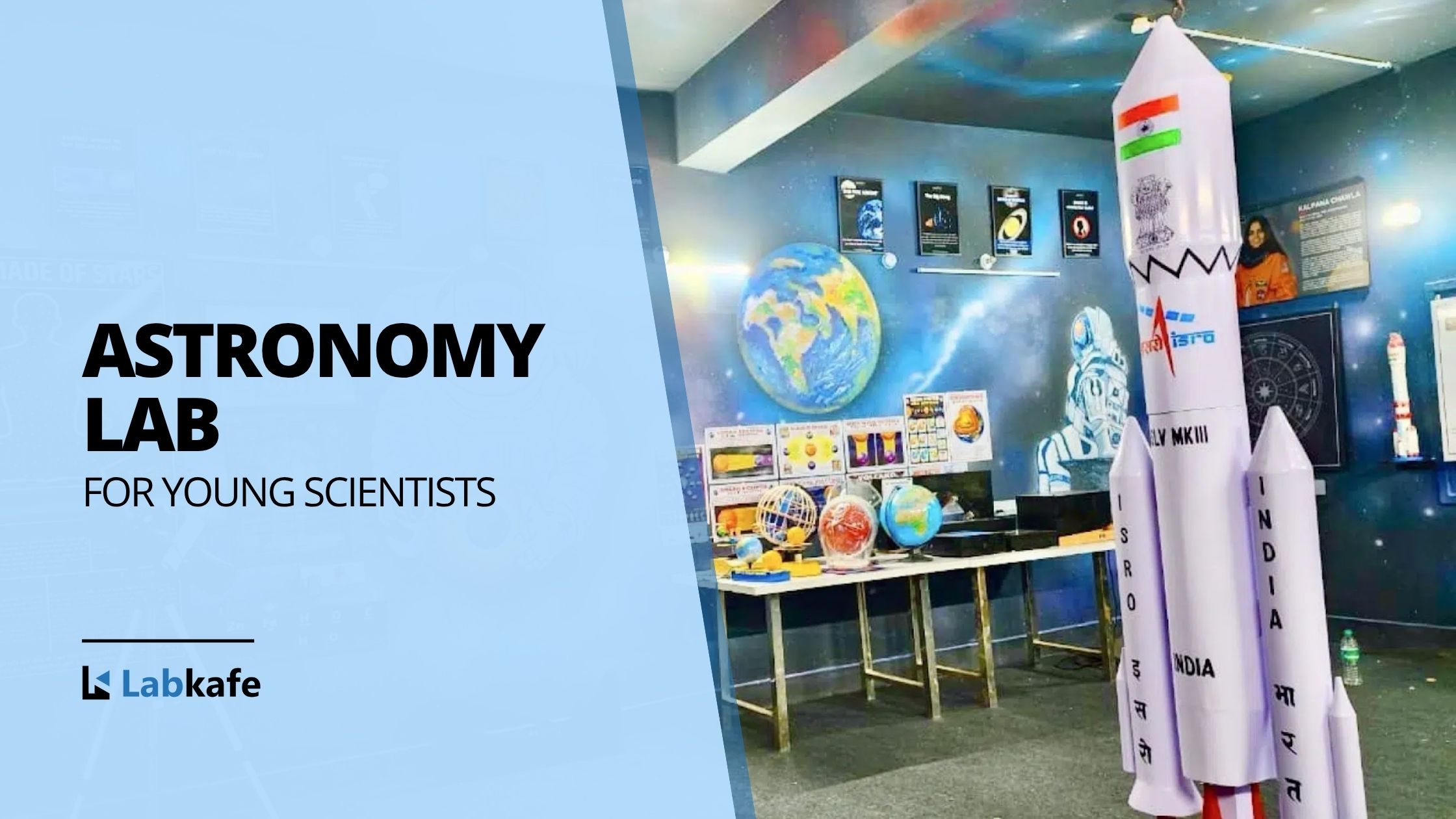
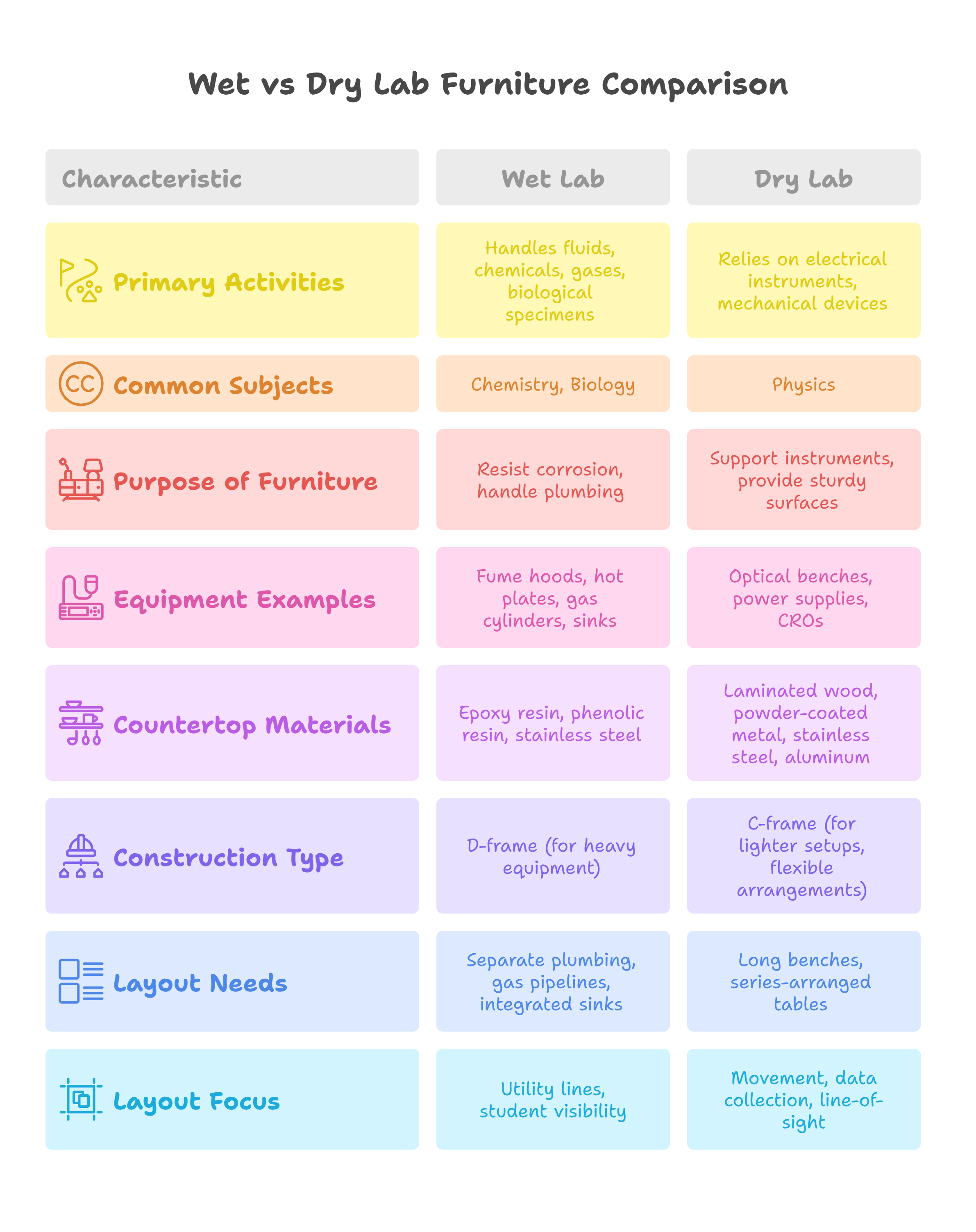
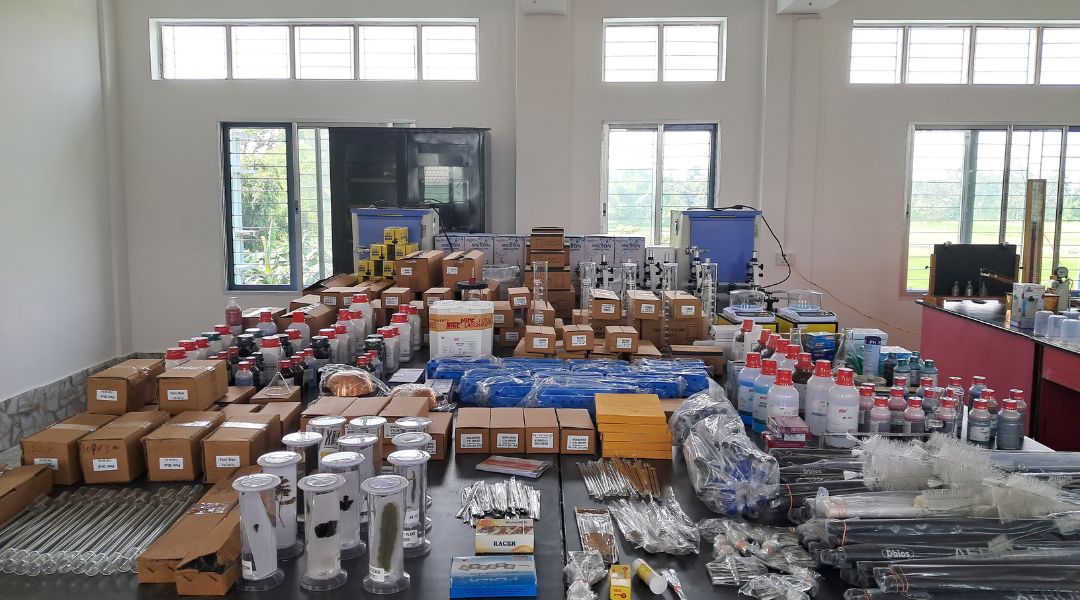
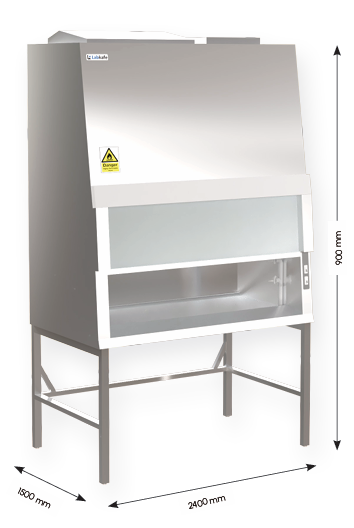
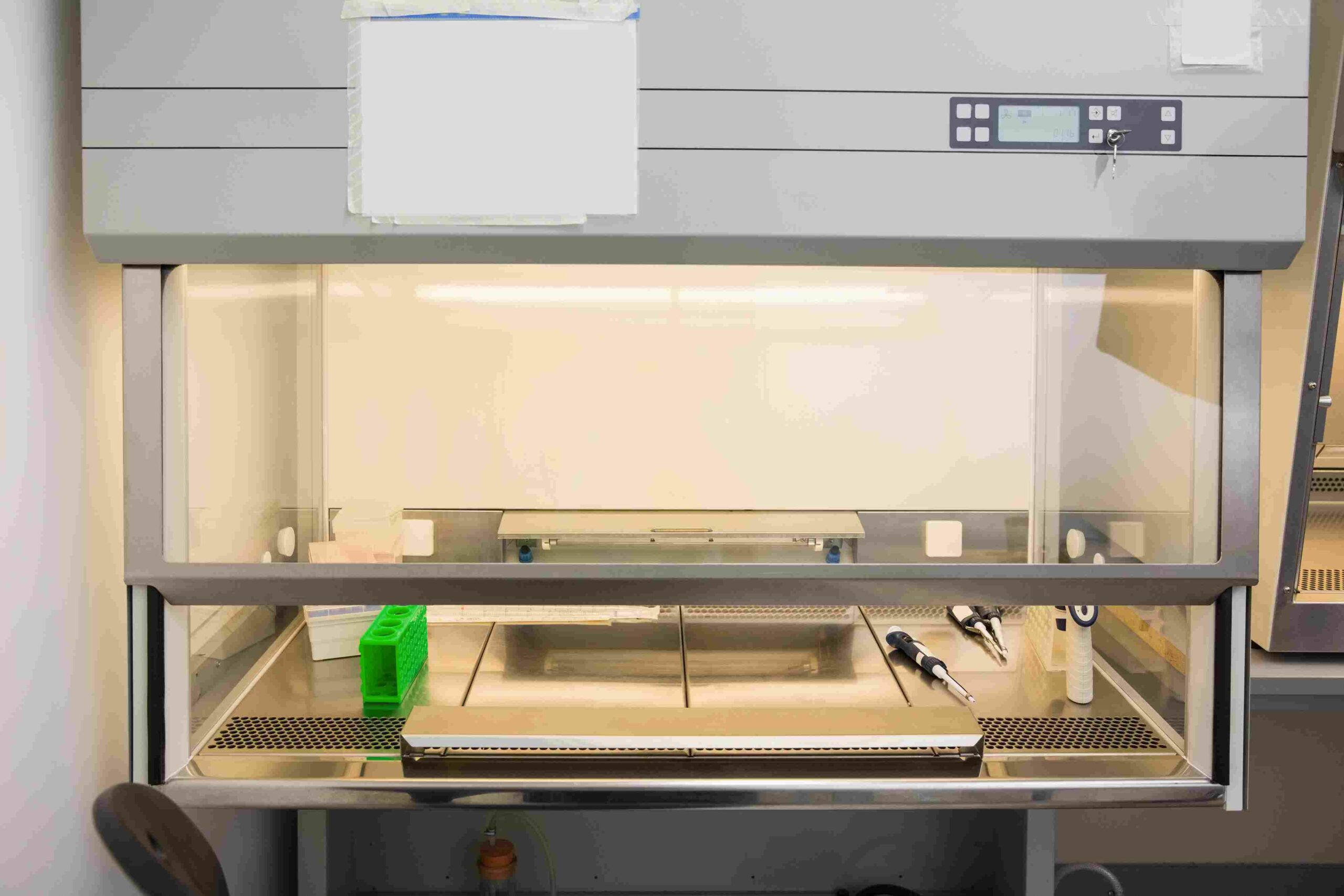
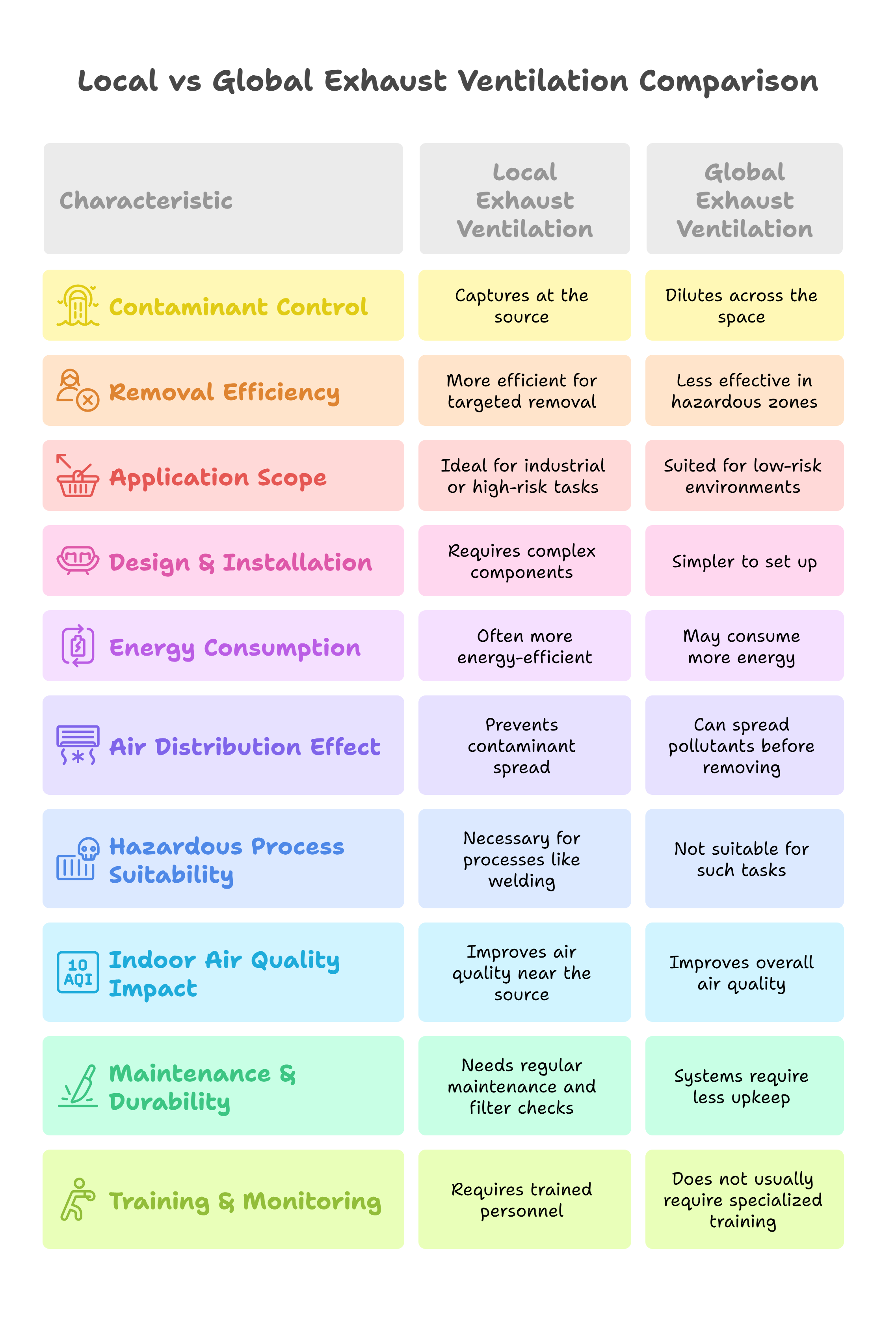
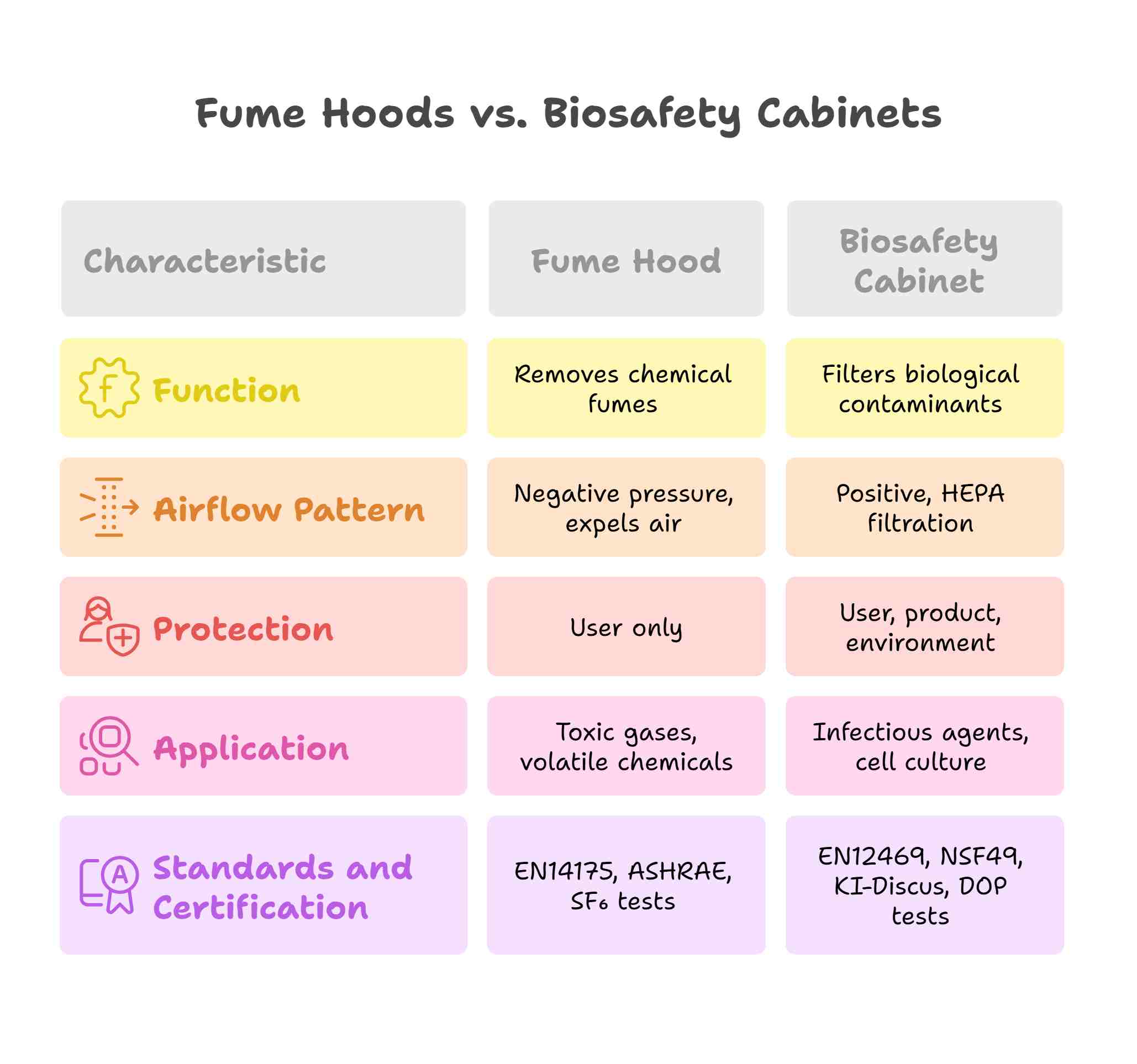
Leave a Reply